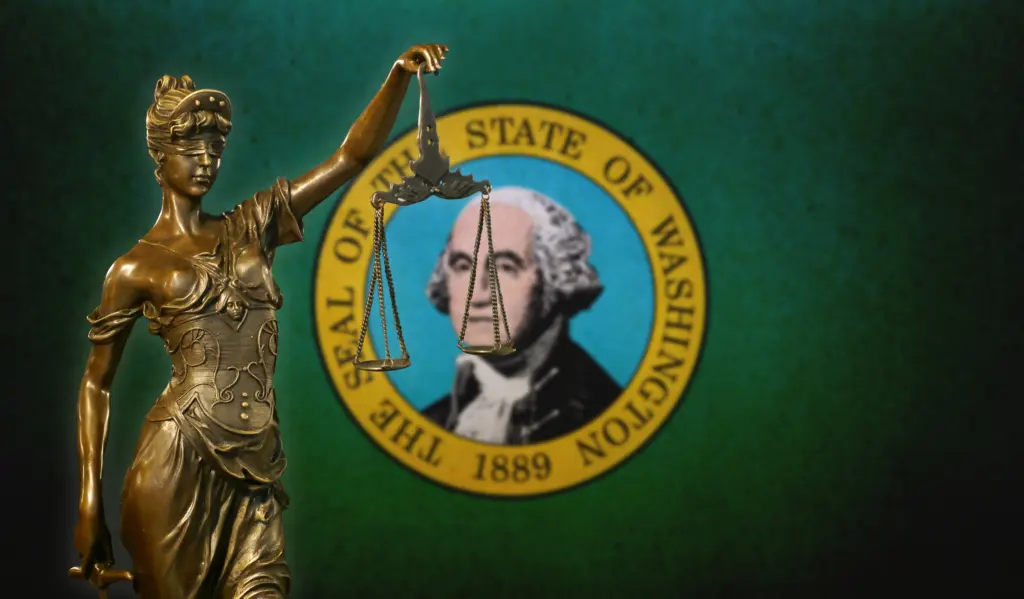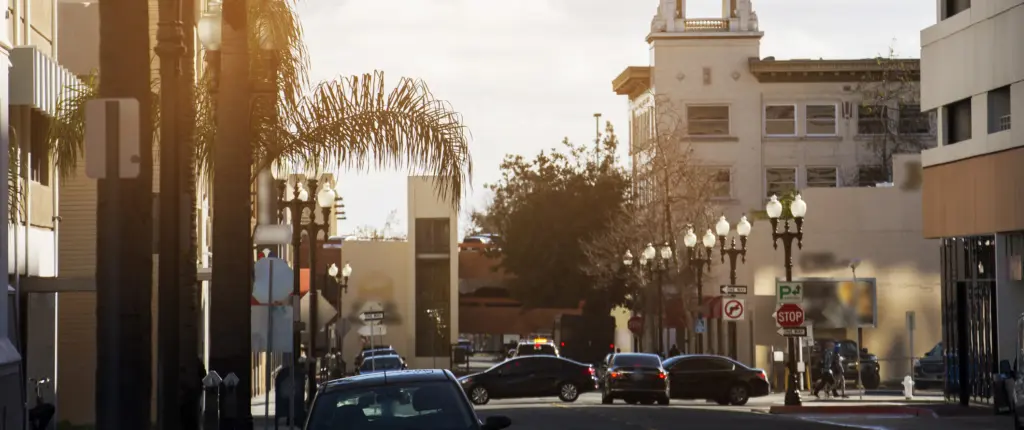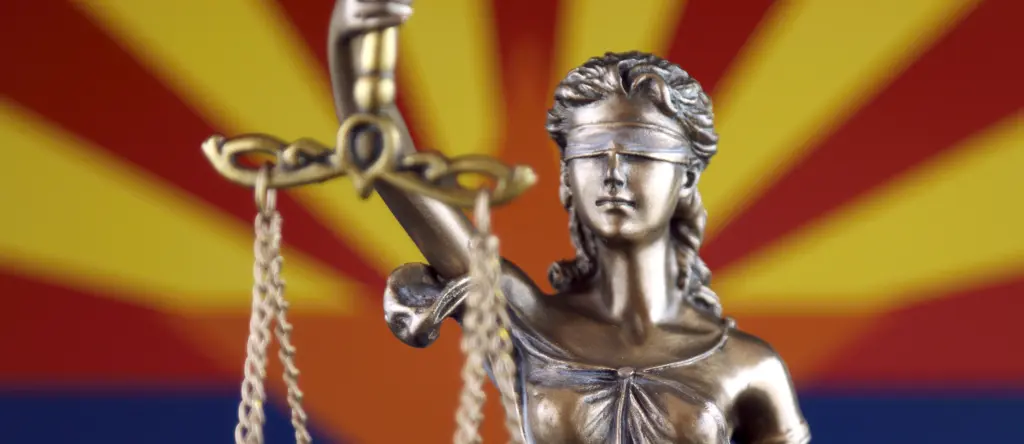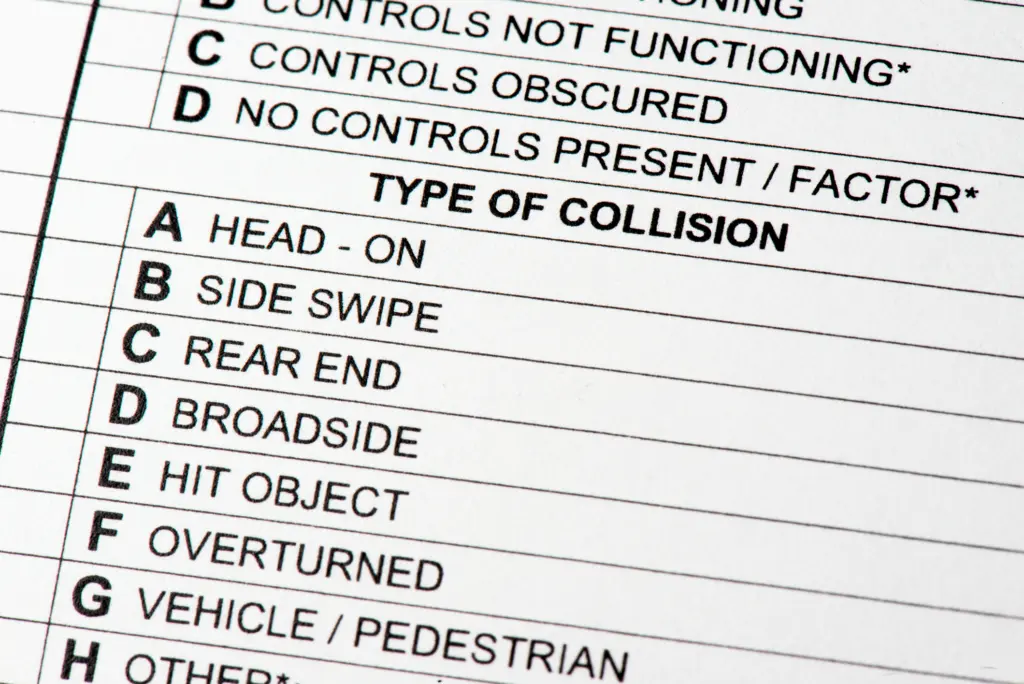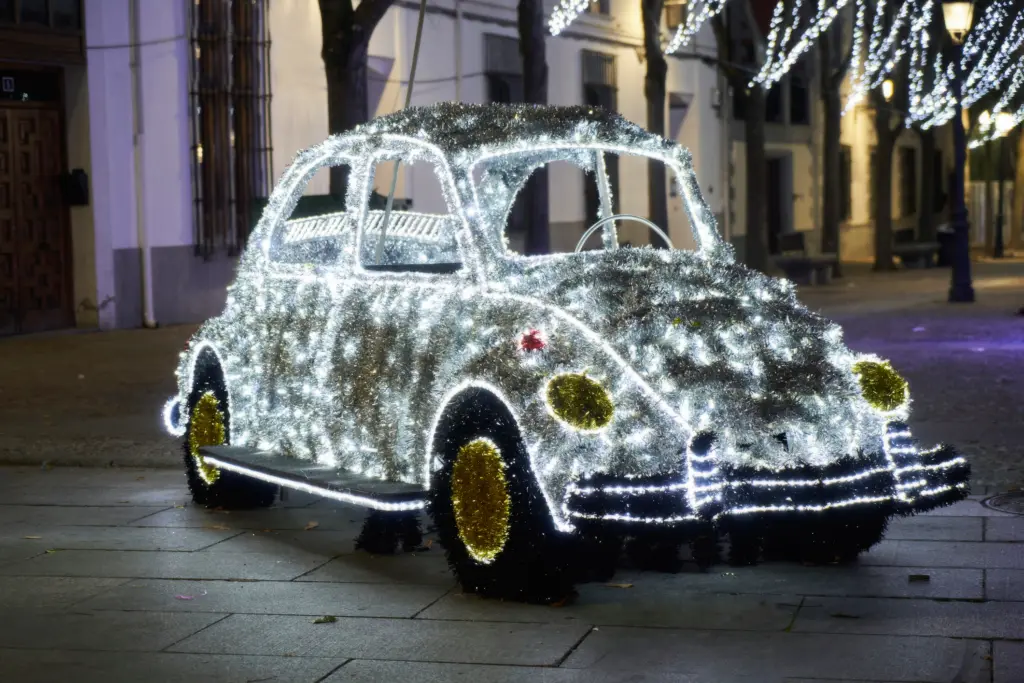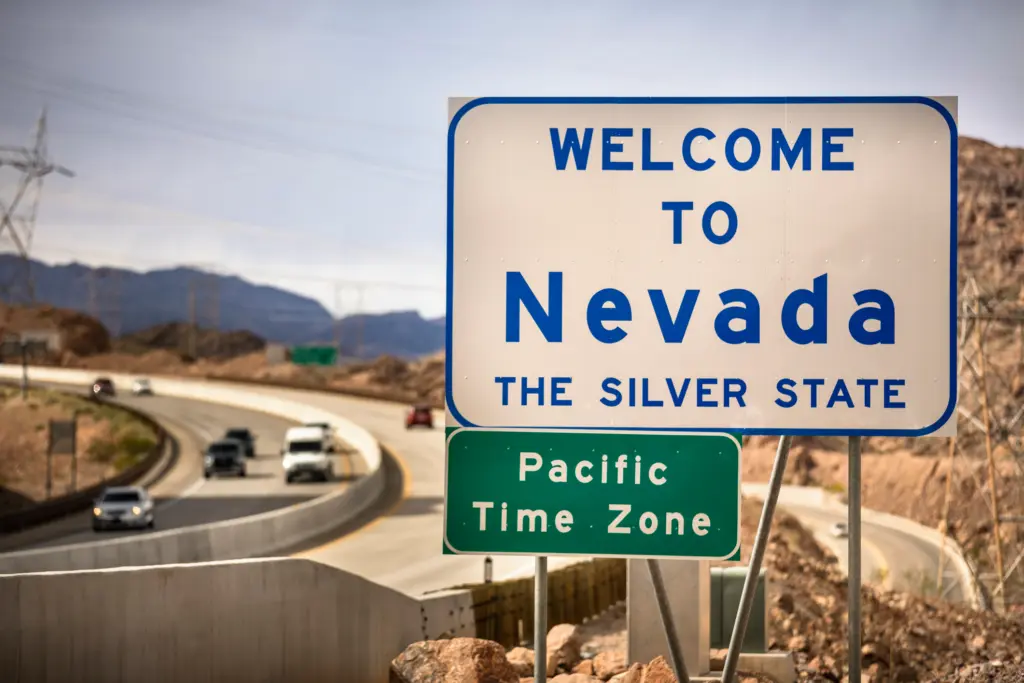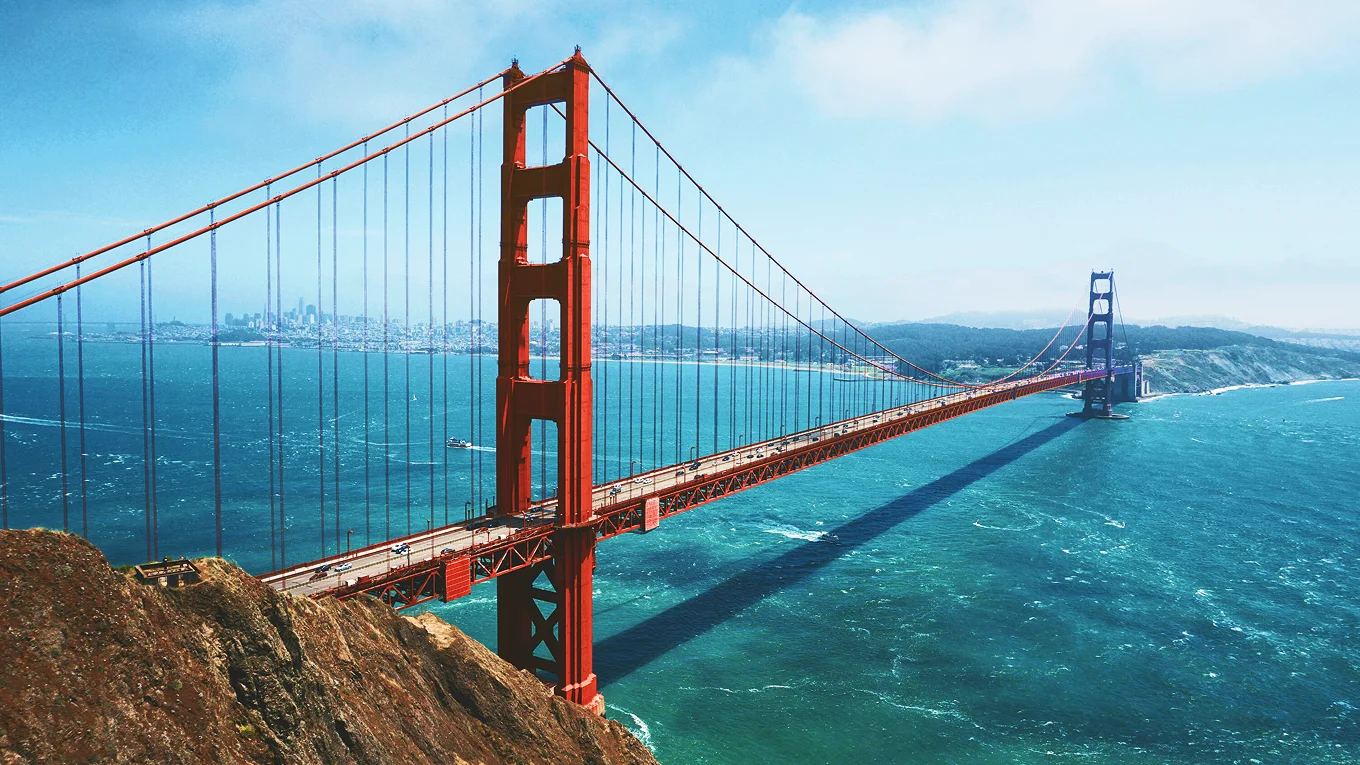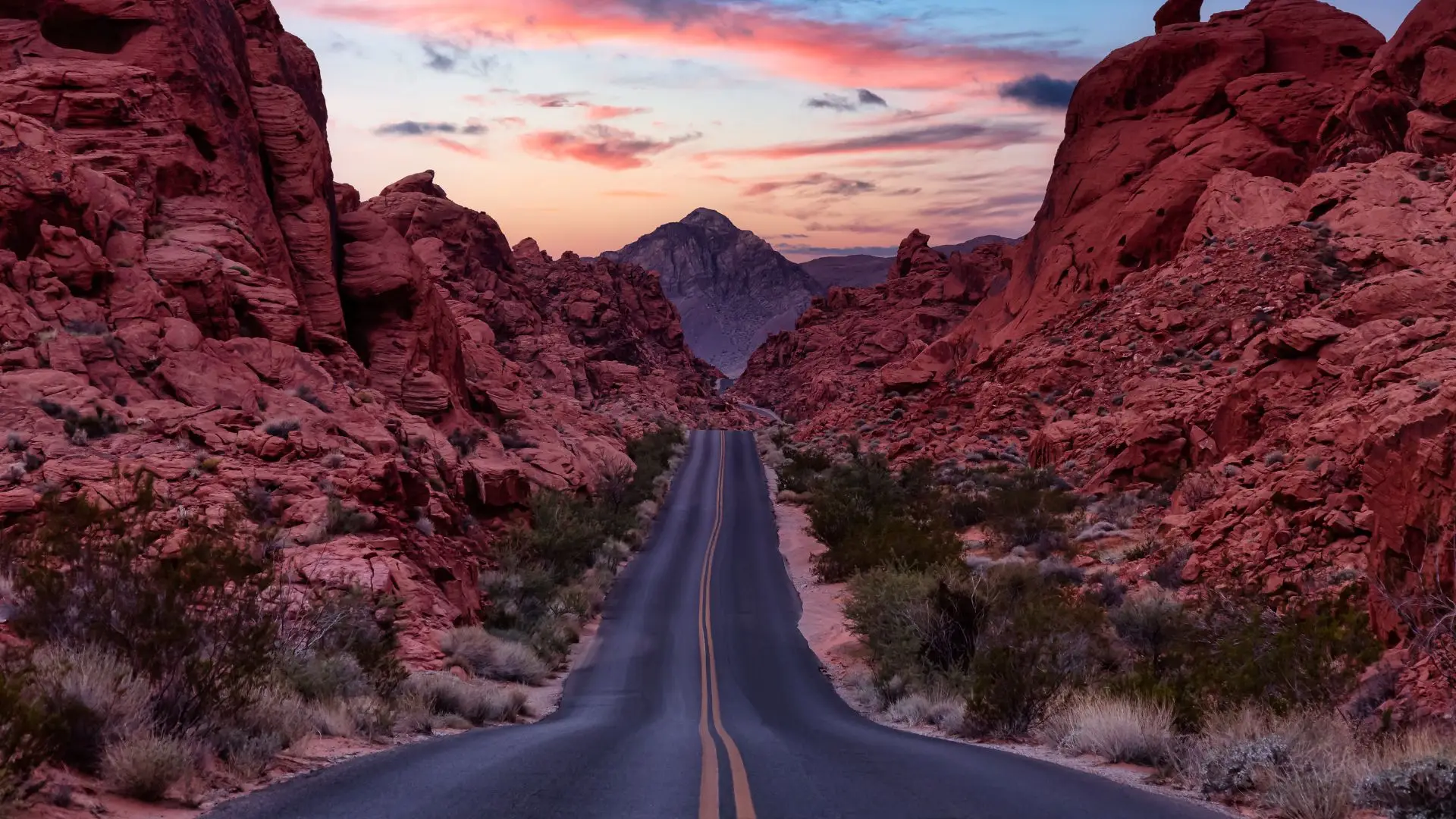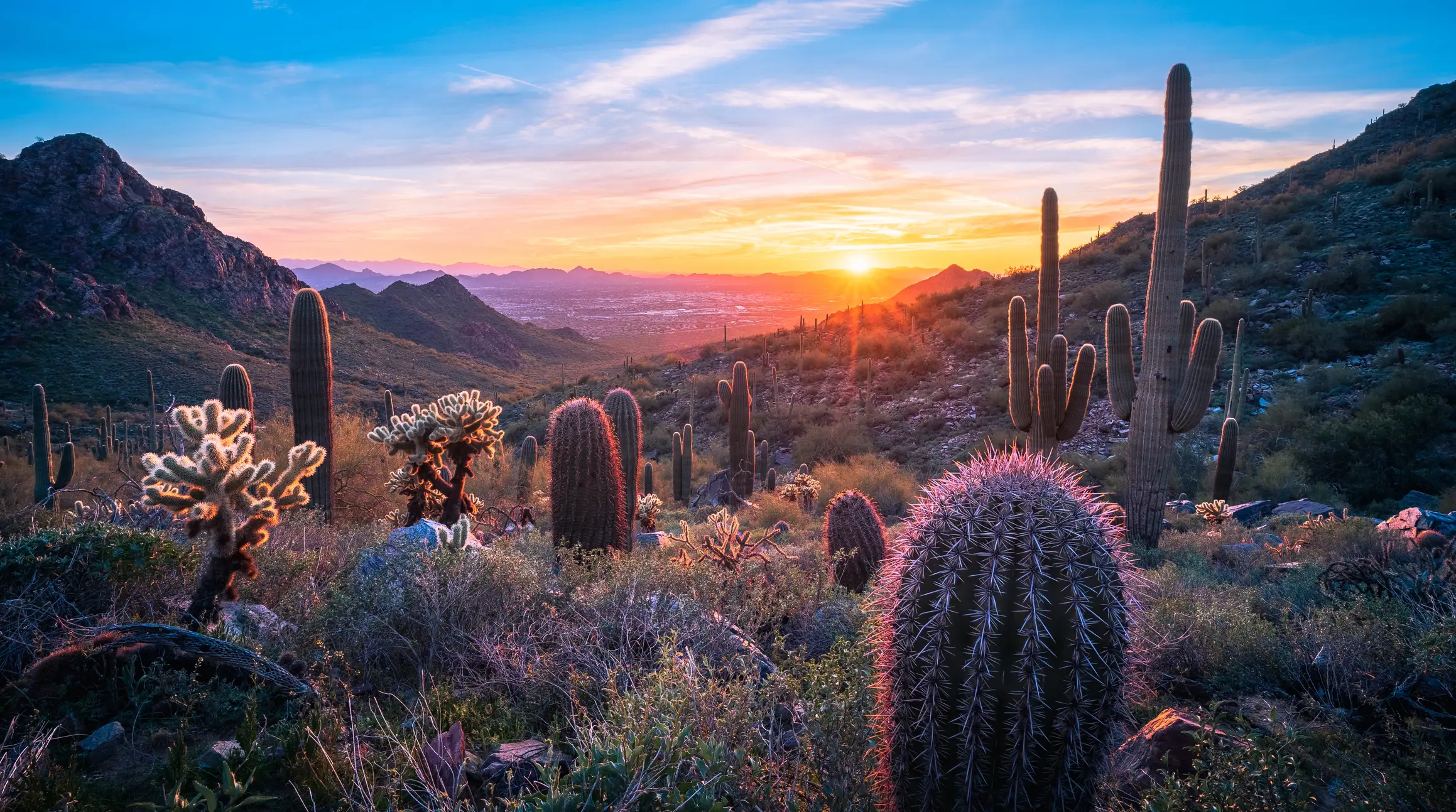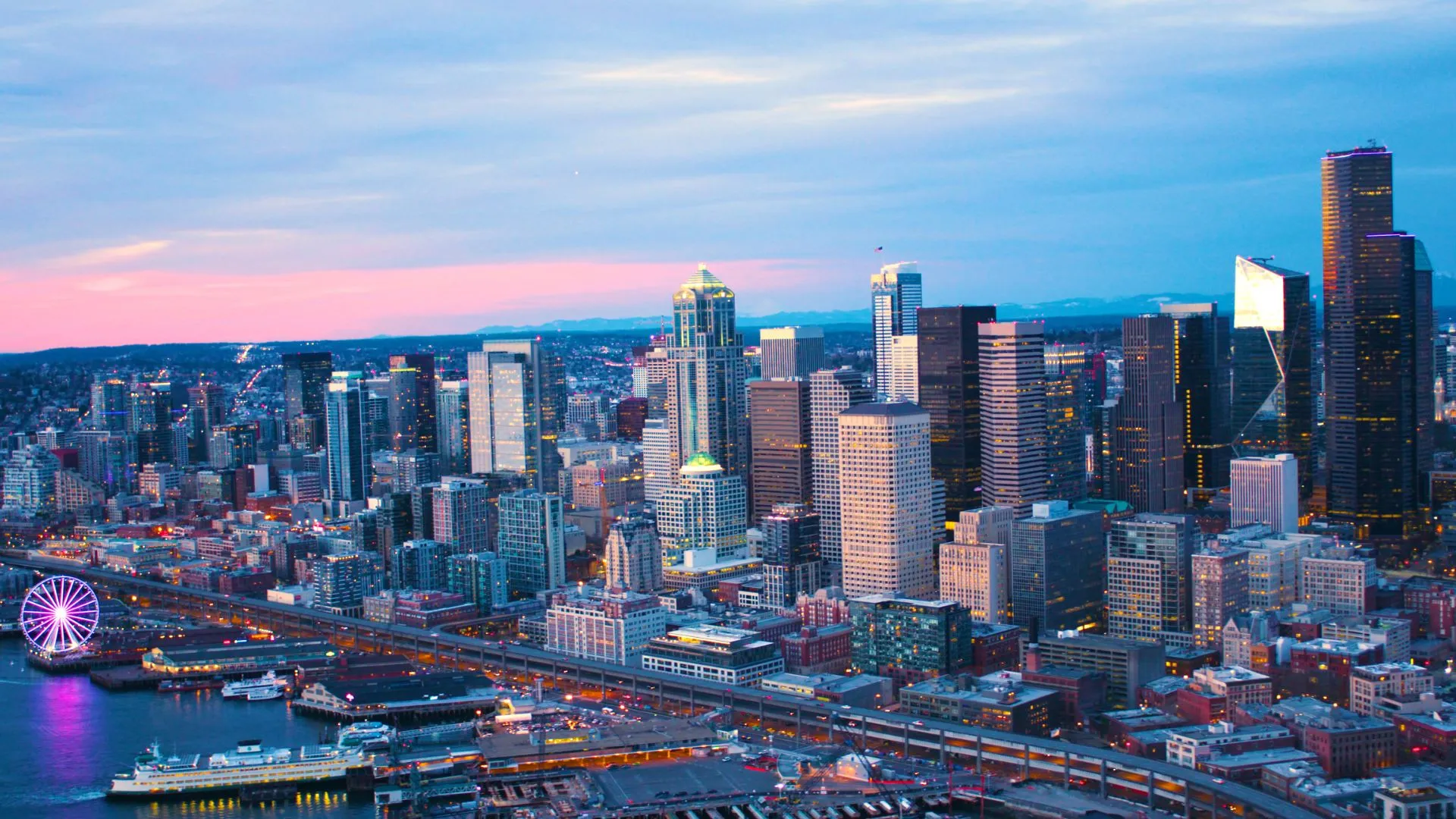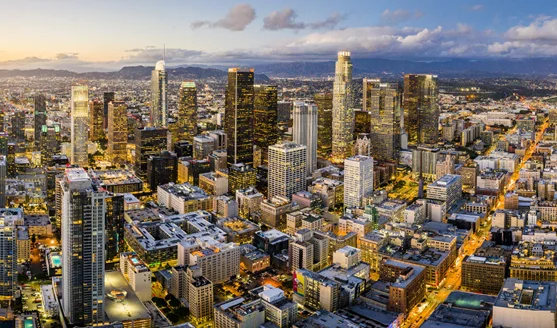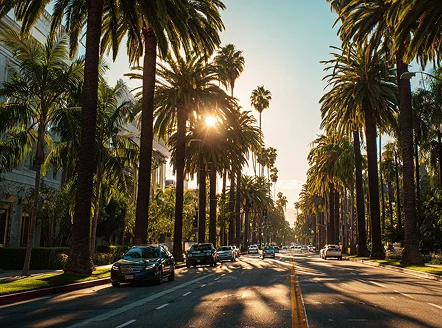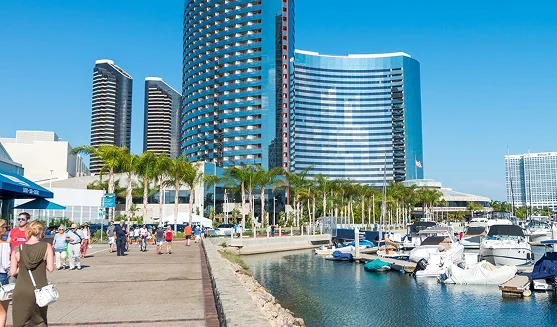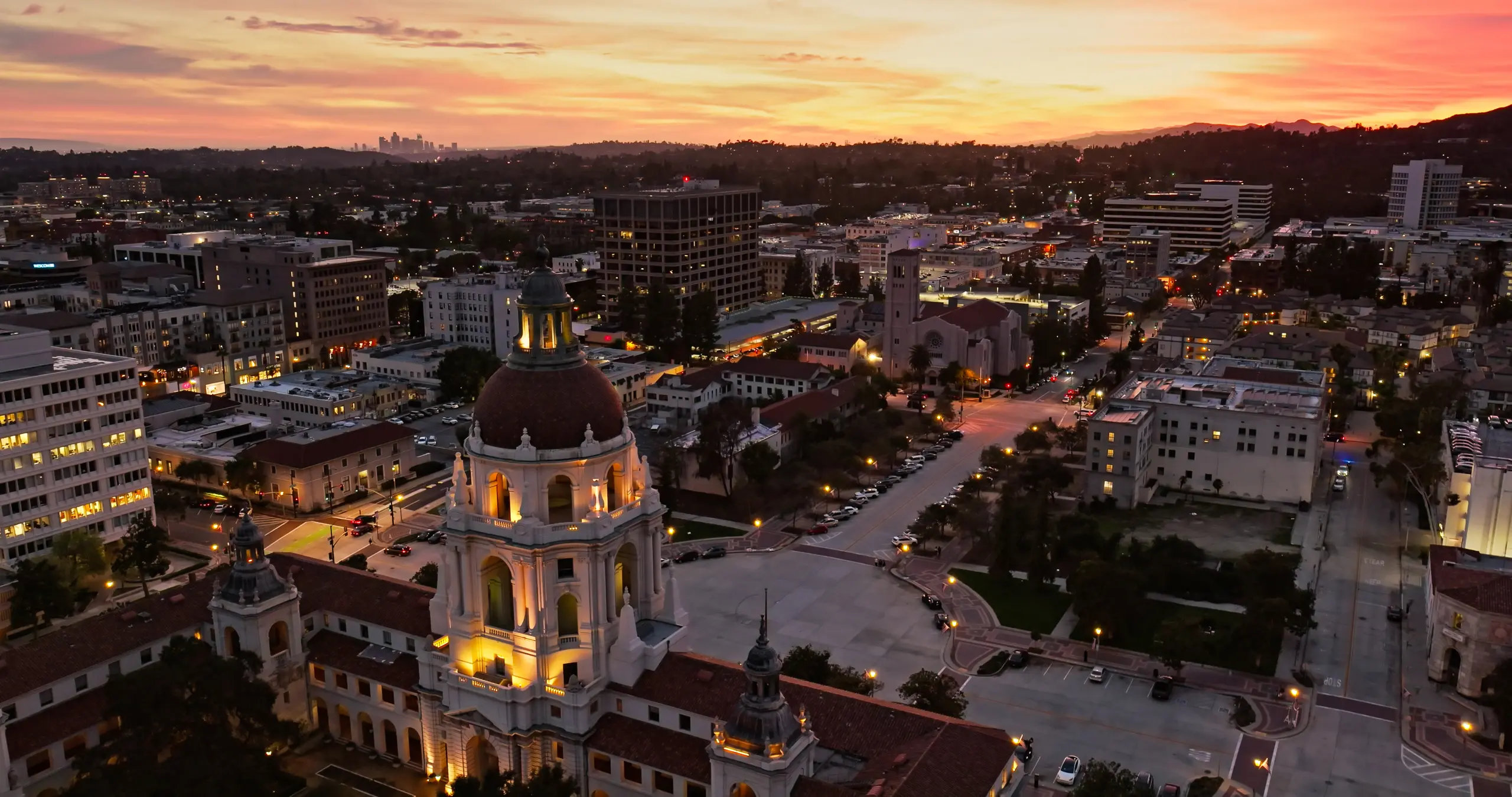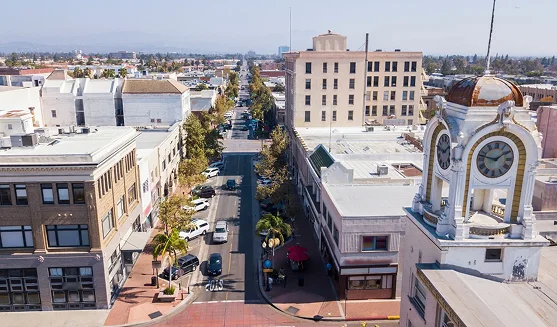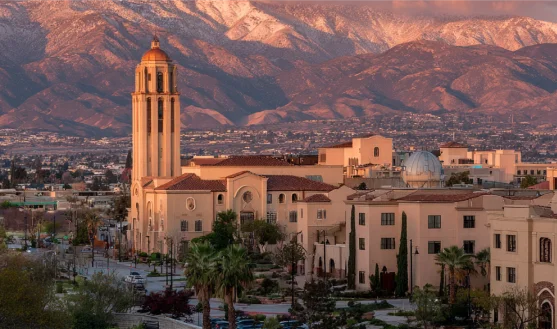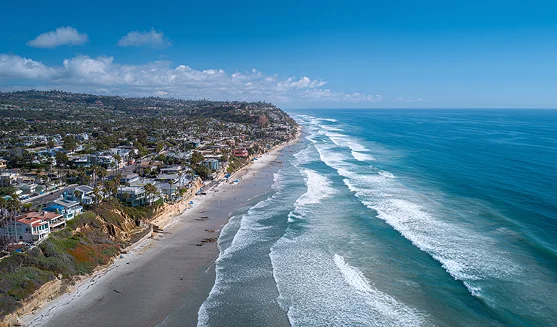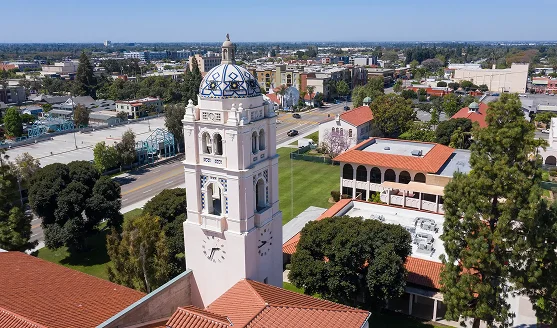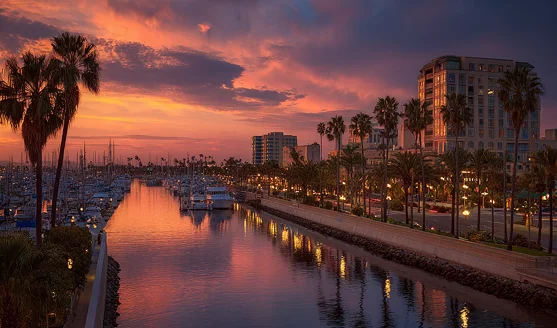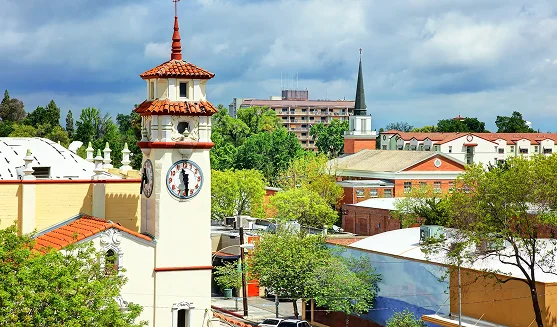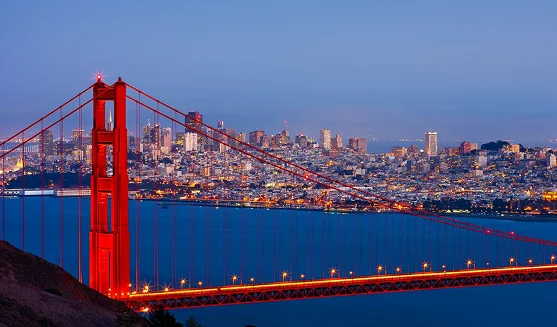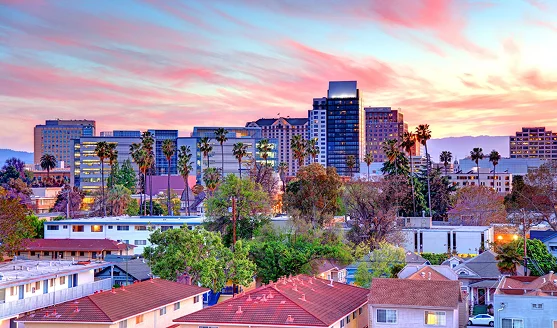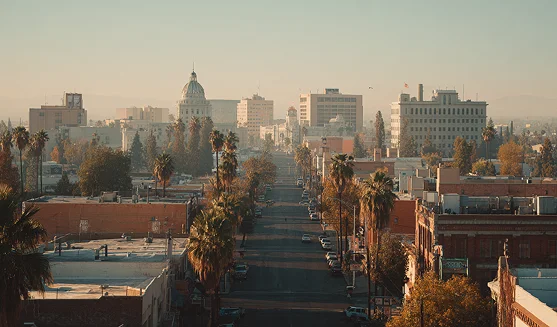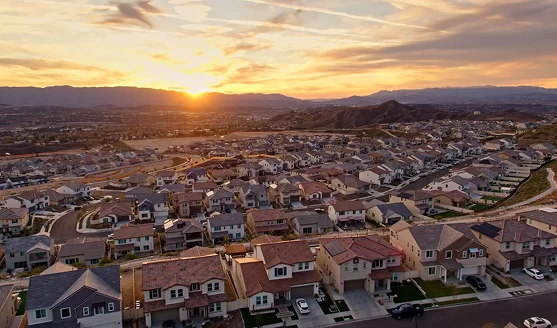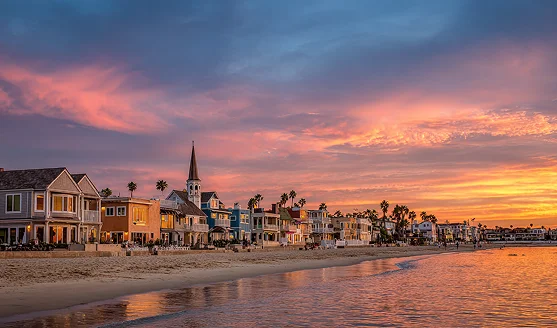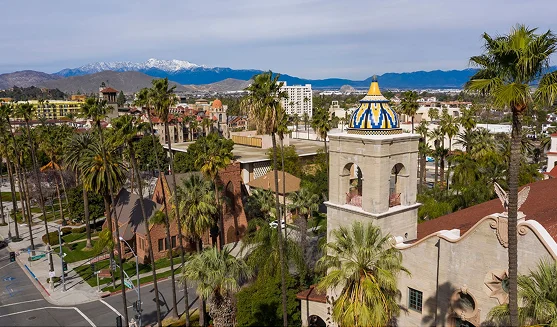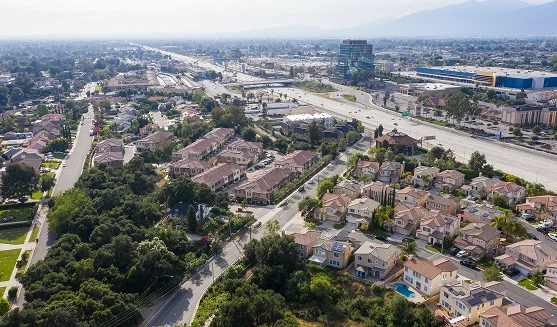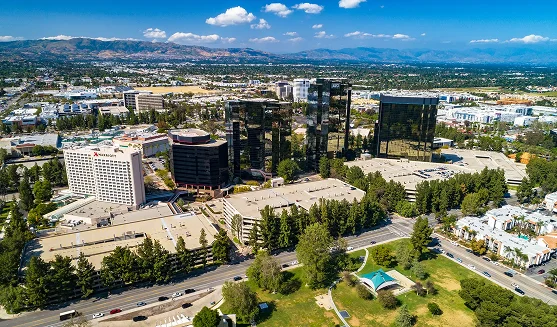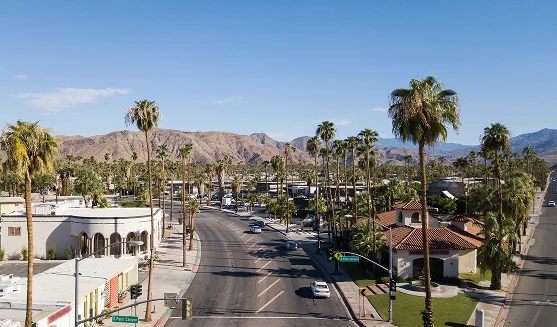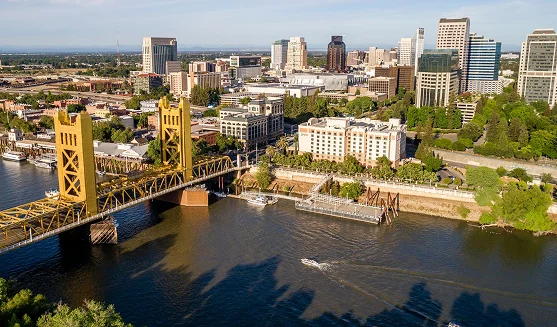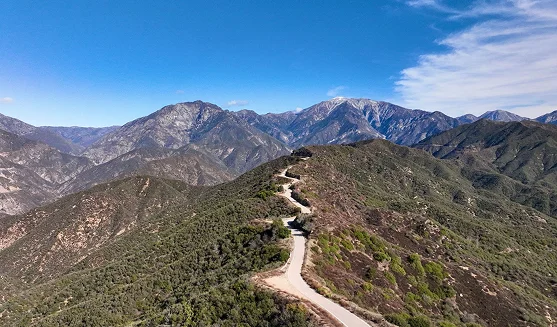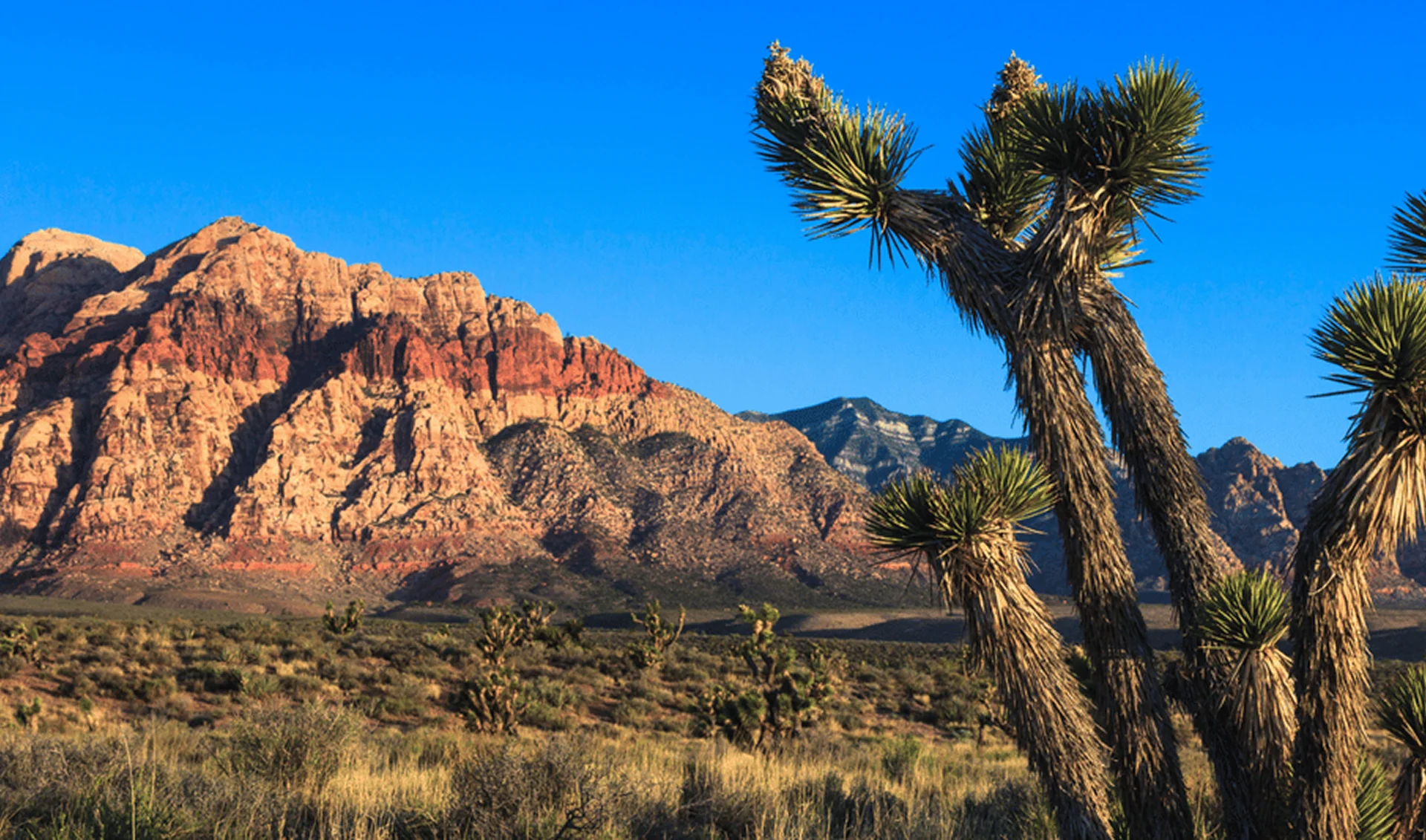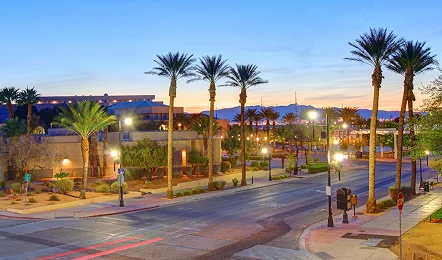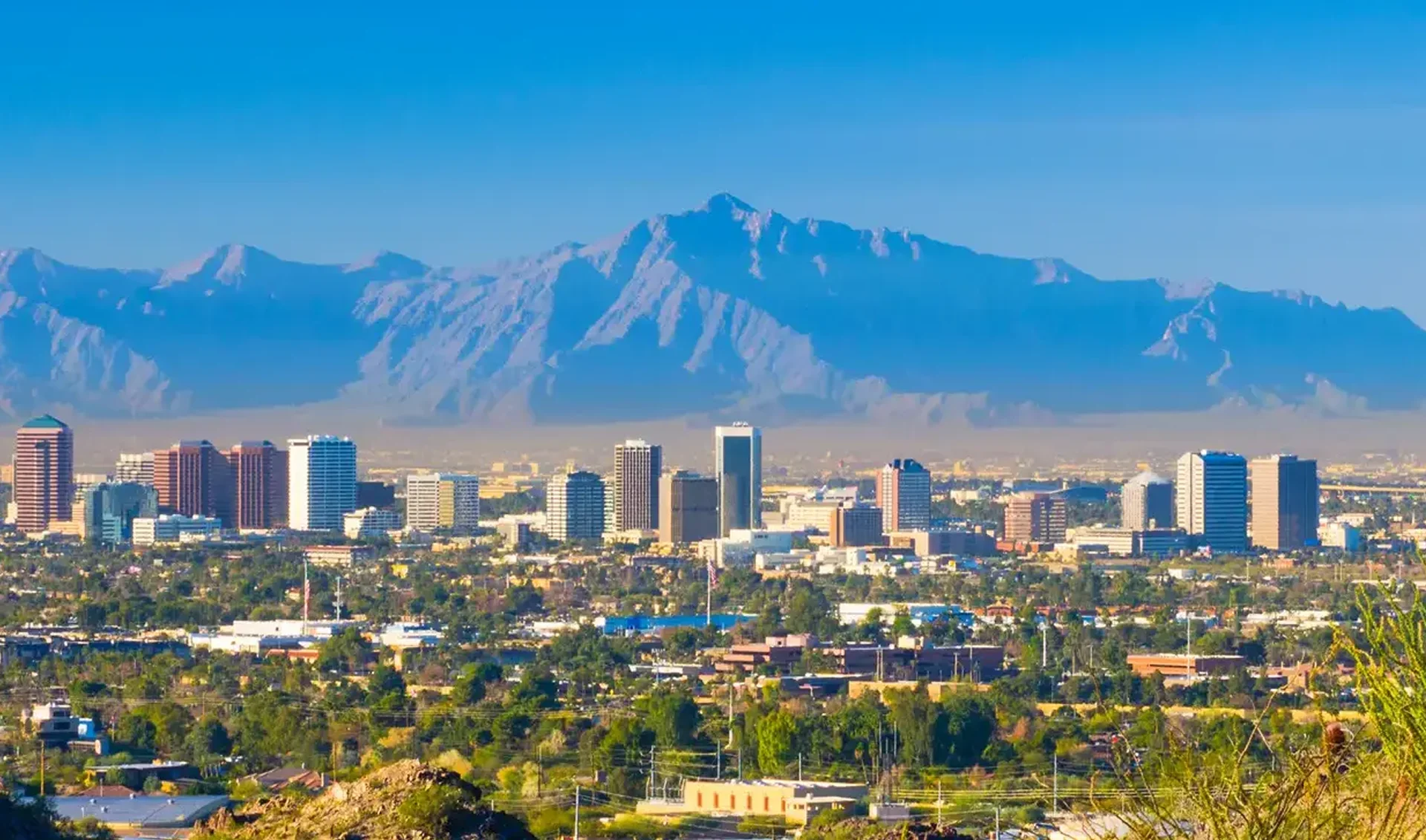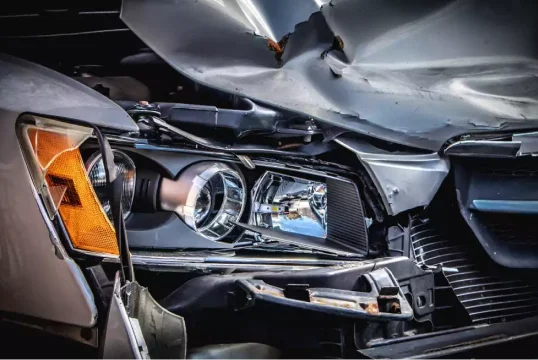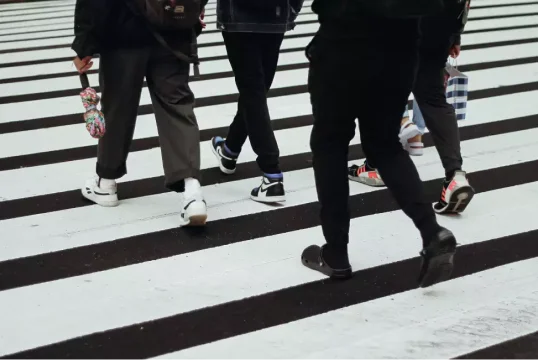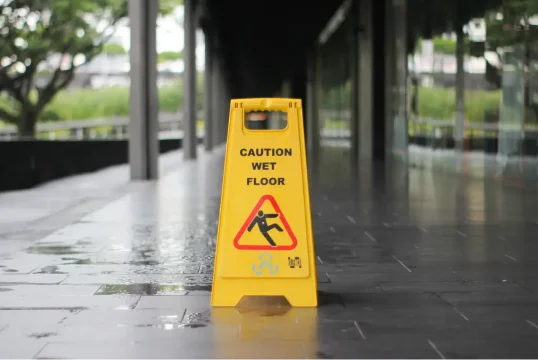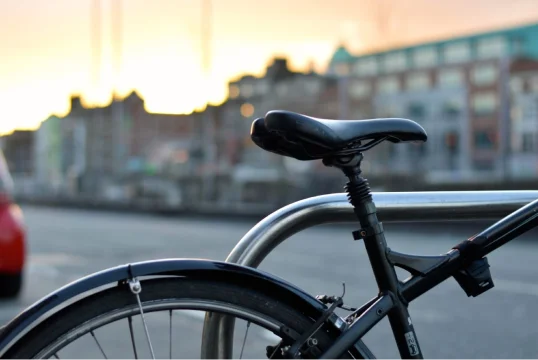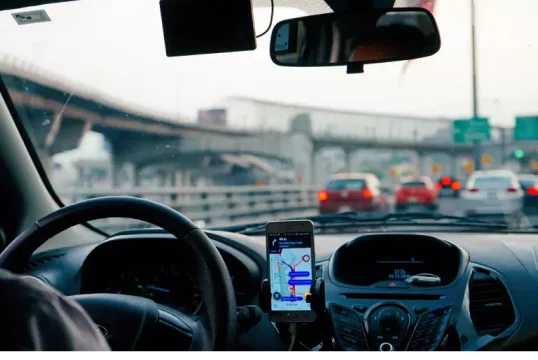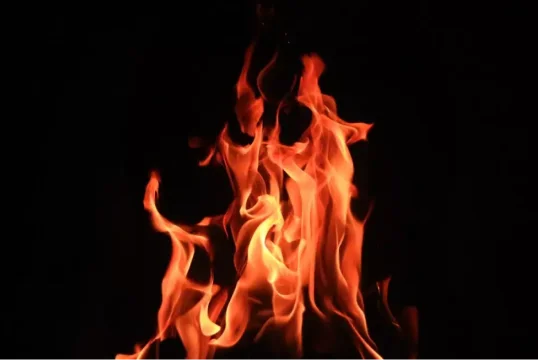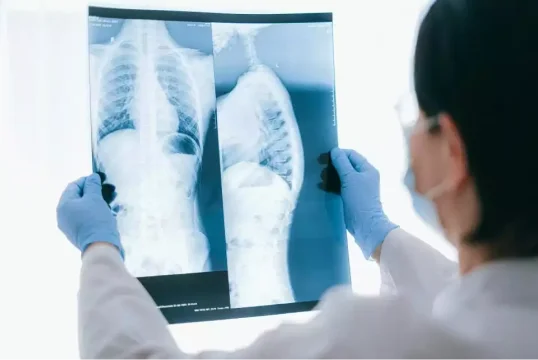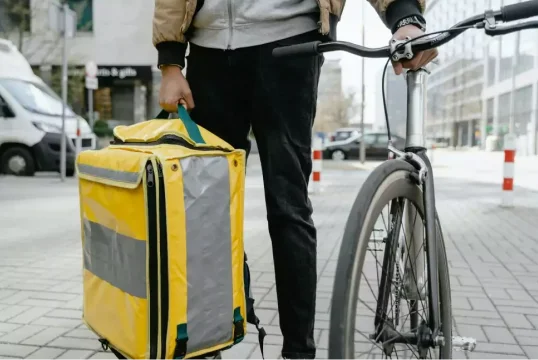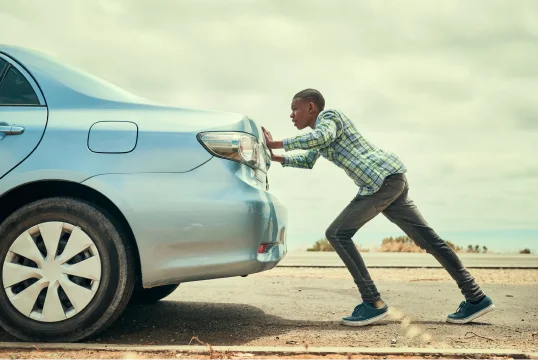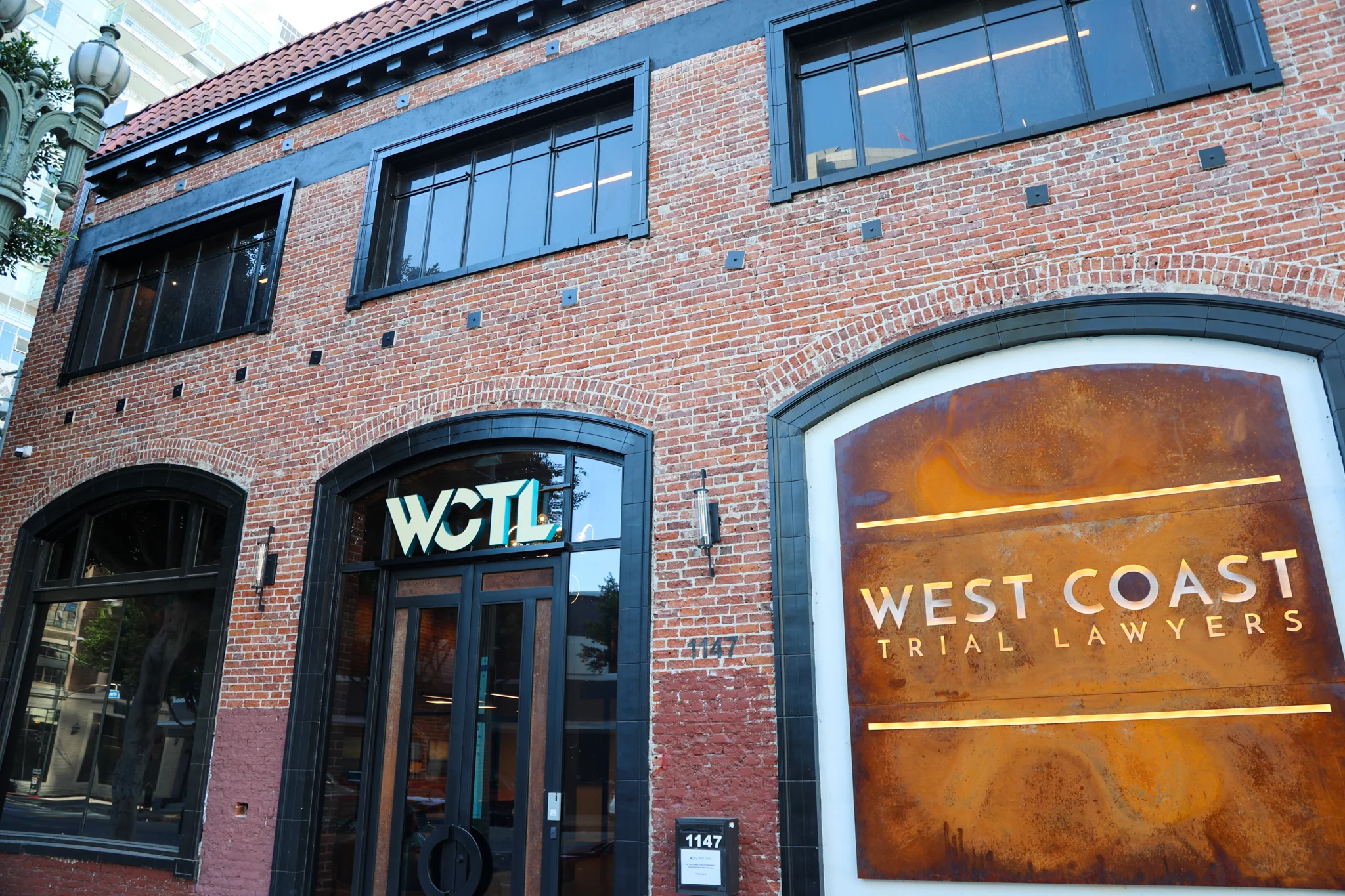Washington State tint laws have received subsequent updates since 1990, notably in 2011, when specific limits were set for vehicle windows to maintain safe driving and visual clarity. These rules focus on window tint darkness and how much visible light is allowed to pass through the glass. Whether you are planning on tinting your car or are unsure if your current one is legal, it is important to understand how the state’s laws apply to you.
What Is a Car Window Tint?
A window tint is applied to the inside of a car’s window. It helps block the sunlight, reduce heat, and makes it more difficult for people to see the inside of the vehicle. Some people like window tinting because it makes the car look appealing or gives them more privacy.
What Does the Tint Percent Mean?
The tint percent will tell you the amount of light that can pass through the window. This is called Visible Light Transmission (VLT). A high VLT means that more natural light can shine through. A low VLT, on the other hand, will result in darker tints, reflecting incoming light (up to 35 percent) and reducing heat and glare inside the car.
For instance:
- 70 percent window tint = more light will come through
- 24 percent window tint = less light will pass through
In simple terms, the lower the number, the darker the window will be.
What Is the Darkest Legal Tint in Washington State?
You will need to follow tint laws in Washington window tint law when modifying your car. The state enforces a regulation that specifically covers how much light can pass through tinted glass. This is measured by VLT.
For regular passenger vehicles, like sedans, the car window tint law clarifies that your front windows will need to allow at least 24 percent of light. The back windows and the rear window must also be the same. In addition, only the top six inches of the windshield can be tinted, and must be non-reflective.
If you own a large vehicle, like an SUV or a truck, the rules will be more flexible. The front windows will have to allow at least 24 percent of light, similar to passenger vehicles. However, the back side windows and the rear window have no limit as long as you have dual side mirrors to ensure good visibility.
What Colors Can You Tint Your Windows?
Although these colors are not explicitly listed in Washington state law on window tint, gray, charcoal, bronze, or neutral tones may comply with the state’s light transmission and reflectivity standards. The following tint colors, however, are prohibited:
- Red
- Gold
- Yellow
- Black
Is 20% Tint Legal in WA State?
Under Washington State window tint law, vehicle owners cannot install a 20 percent window tint on any window on a passenger car. This is because the law requires at least 24 percent of light to pass through. This amount is much darker than the limit, and would be considered illegal.
But, if you operate a multi-purpose vehicle, you can use a 20 percent tint, or possibly darker, on the rear side windows and the rear window. This does not apply to the front side windows as those will still need to meet the 24 percent light rule regardless of the type of vehicle you own. In addition, the windshield may only have a non-reflective tint on the top six inches.
Is 20% or 35% Tint Darker?
A 20 percent tint is much darker than a 35 percent tint. The percentage is measured through the VLT, which regulates the amount of light the tint lets through. So, if a 20 percent tint allows 20 percent of light and blocks 80 percent, it will appear much darker than a 35 percent, which will let 35 percent of light in and block 65 percent.
Labeling Requirements for Window Tinting in Washington
According to Washington State’s tinted windows law, people who produce, sell, or install window tints on vehicles must follow state regulations. They are required to place a sticker onto a driver’s side window after they have tinted a car. This will prove that the services provided were legal, along with who did the work and that they complied with the law. The size of the sticker must be no smaller than ¾ inch by 1 ½ inches and no larger than 2 inches by 2 ½ inches. (RCW 46.37.430).
Can You Get Pulled Over for Tint in WA?
You can get pulled over if law enforcement suspects you are violating window tint law in Washington State. The police may use a special meter to identify legal tinting. In some cases, you could be issued a “fix-it” ticket. This will require you to have the tint removed and provide proof of correction.
How Much Is a Washington Window Tint Law Violation?
A Washington window tint law violation can lead to a $124 fine. Repeated offenses may result in a pileup of charges.
Are There Any Exceptions to Washington’s Window Tint Law?
If you have a light-sensitive condition that requires you to have additional protection from sunlight, you may qualify for a medical exemption. This will allow you to install darker window tints than what is typically permitted. You will need to acquire a written verification from a licensed physician indicating the necessity to have dark window tints.
Once you have one at hand, be sure to carry it in your vehicle at all times. There is no application process you will have to undergo for this particular exemption. The note itself will serve as enough documentation.
What Is the Penalty for an Illegal Window Tint in Washington?
If you continuously do not comply with the state’s tint laws, your vehicle may fail inspections. You could also expect a denial of registration renewal until you resolve the issue. Unlawful installation will be considered a misdemeanor. Furthermore, if you provided or received pay for installing non-compliant tinting services, it will be treated as a gross misdemeanor (RCW 46.37.435).
Do Window Tint Laws Differ in Other States?
Tint laws will vary for other states, including California, Nevada, and Arizona. Let’s take a quick look at what specific regulations are enforced for each region in the sections below.
California
In California, the front side windows will need to have a minimum light transmittance of 70 percent. The rear side and rear windows do not have a tint darkness limit set, meaning you can have them darkened to whatever level you desire, provided you have dual side mirrors. The windshield can have a non-reflective tint only on the top 4 inches. Reflectivity is no more than a standard window. And lastly, color restrictions for tinted windows include red and amber tones (CVC § 26708).
Nevada
In Nevada, front side windows must allow at least 35 percent of light to pass through, with a tolerance of 7 percent. Rear side and rear windows do not have a limit on tint darkness. The windshield can have a non-reflective tint above the AS-1 line, which is located near the top edge that shows where tint is allowed. Reflectivity cannot be more than 35 percent. Prohibited tint colors include red and amber (NRS 484D.440).
Arizona
In Arizona, the front side windows will need to have a light transmission of 33 percent (plus or minus 3 percent) and a luminous reflectance of 35 percent (plus or minus 3 percent). Rear side and rear windows do not have a limit on tint darkness. A non-reflective tint can be applied above the manufacturer’s AS-1 line. The state also does not allow red and amber tint colors (ARS § 28-959.01).
Need Legal Insight with Window Tint Law in Washington State? West Coast Trial Lawyers Is Here to Help
Understanding legal aspects pertaining to tinted windows in Washington State can be confusing. The rules are specific, and even small errors can lead to fines or inspection failures. Whether you were issued a citation or just want to make sure your vehicle complies with the law, having reliable guidance on your side is important.
At West Coast Trial Lawyers, we are well equipped with expertise and knowledge when it comes to tint laws in Washington State and are ready to provide clear and practical solutions tailored to suit your needs.
Reach out to us today to schedule a FREE consultation by calling (213) 927-3700 or fill out our convenient online contact form. We’ll help you move forward with confidence.









